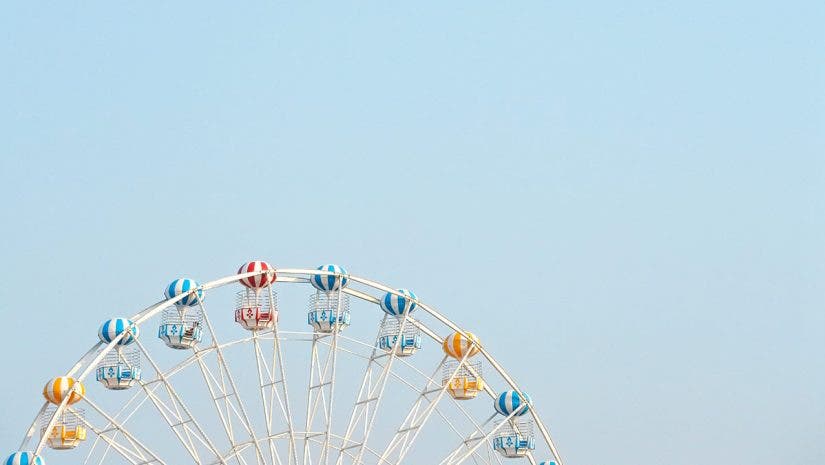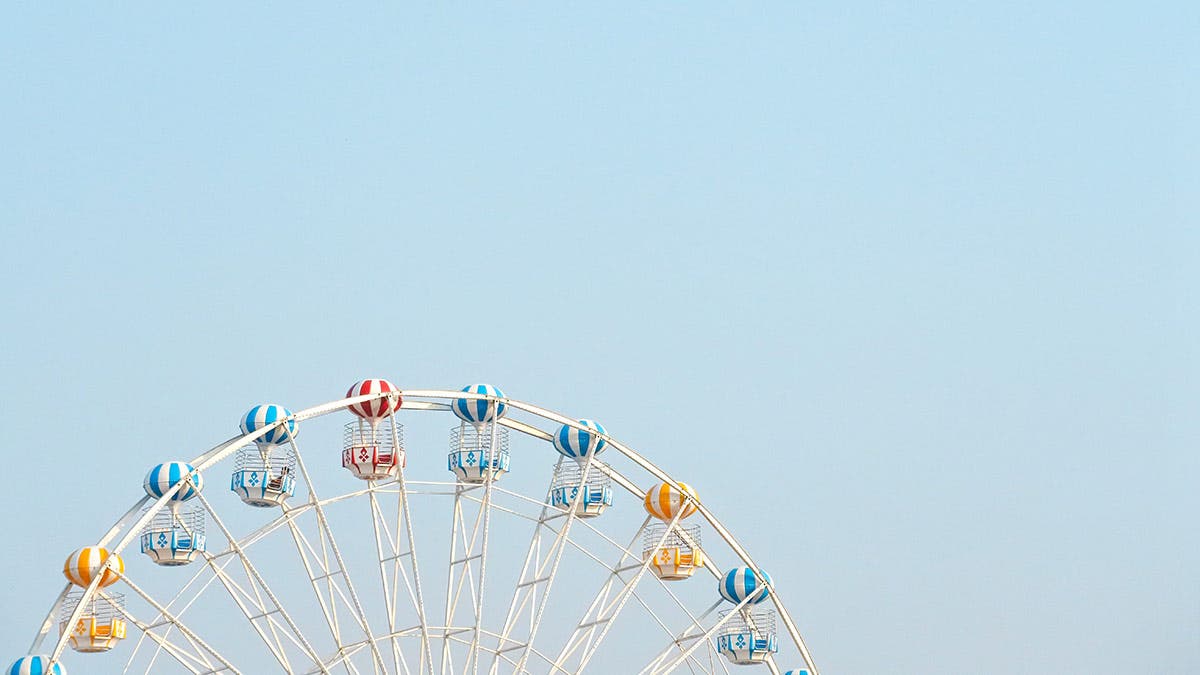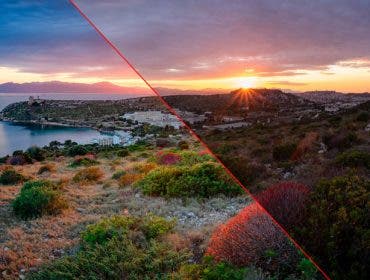Negative space is a photography term often used in tutorials and discussions about composition techniques, but many photographers don’t fully understand the concept of negative space photography.
At first, this powerful photography technique may seem a bit abstract and difficult to pin down. In this guide, we’ll take you through all the details of negative space photography and how to use this popular photography composition technique.
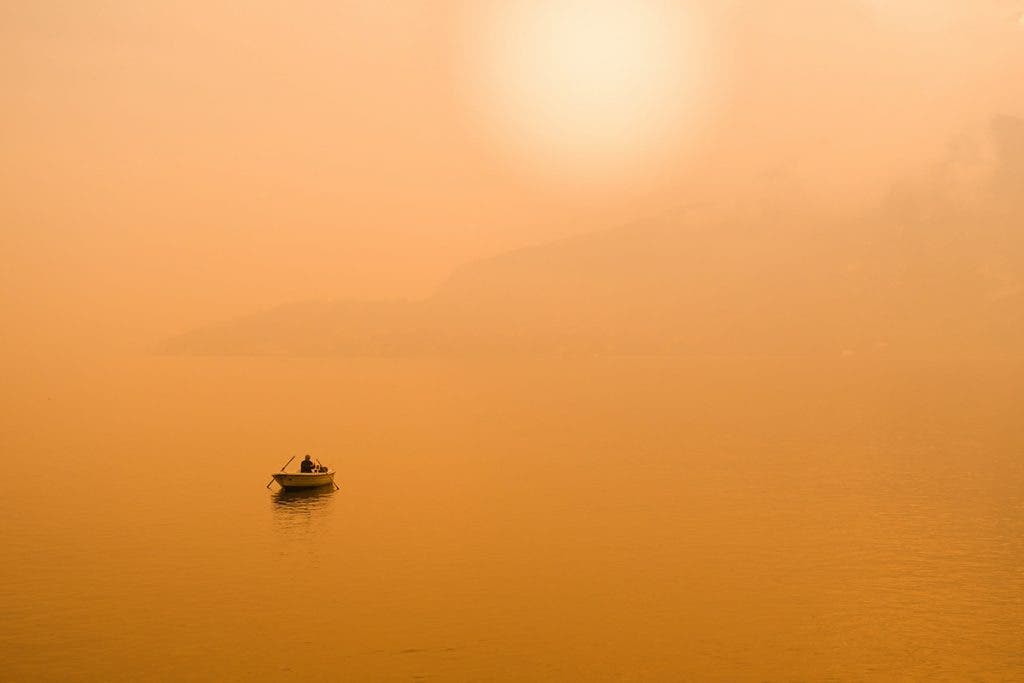
What is Negative Space in Photography?
Negative space is the empty area in a photograph that surrounds the main subject or focal point. The main subject in your photo is the “positive space”; the entire area between or surrounding that subject is referred to as the “negative space.” You can fill the negative space with solid color, texture, or white space so long as it creates a distinct sense of empty space and separation from the main subject.
Negative spaces are typically just that—a blank space, such as the sky, a body of water, or any uninteresting elements that take up a huge chunk of the entire image. Sometimes it’s called “breathing space,” especially when your subject is a person or living thing.
Take the photo above. The subject is obviously the speedboat in the middle of the photo, and the negative space is the surrounding area of stunning blue water. While the photo is seemingly simple, it draws the eye to the subject with its attractive colors and compositional balance.
Thoughtfully including negative spaces in your photos and allowing your viewers to focus on it more than they normally would give you some of the strongest photos and compositions. Effective use of negative space can draw the viewer’s eye directly to the subject. Whether you’re photographing a couple on their wedding day surrounded by an open blue sky, or a red flower surrounded by empty space composed of out-of-focus grass, your viewer will engage more directly with your focal point.
There’s No Right or Wrong Way
The amount of space used in an image can vary from shot to shot. There’s no right or wrong way to effectively use space. There are some misconceptions that for an image to use negative space, the area surrounding the subject matter should be completely empty space. As long as you’re eliminating distracting elements and creating separation around the focal point, you’re achieving the desired effect.
What is Positive Space?
For reference, the positive space of an image is the photograph’s main subject or focal point. In order to make use of empty space, you have to have some positive space as well. Negative and positive space work together to create compelling photographs.
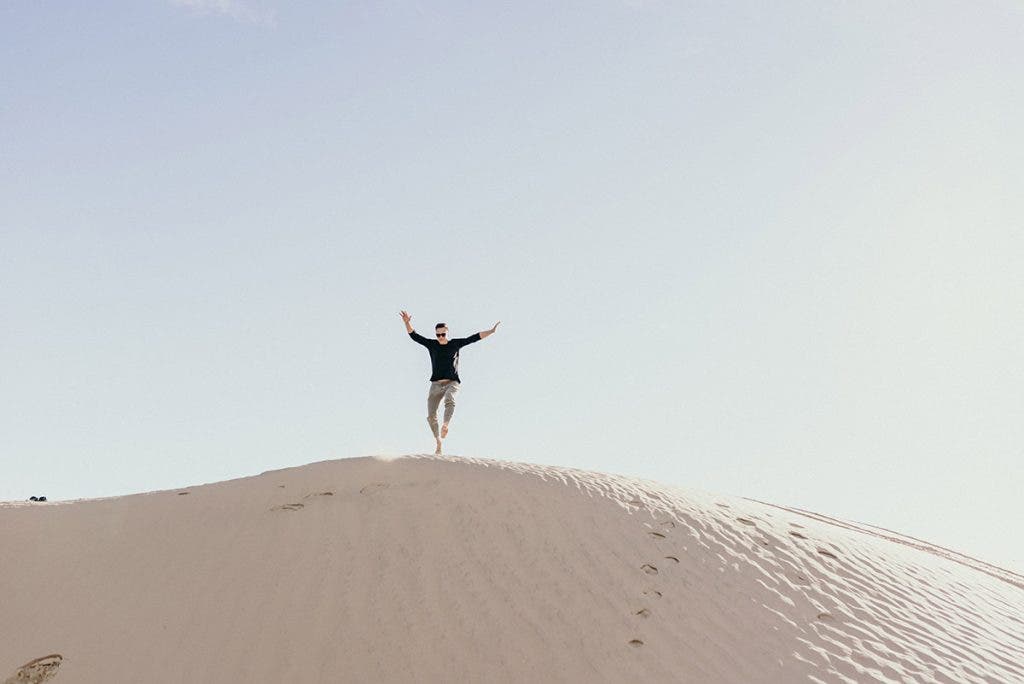
How to Make Negative Space Photos
Negative space photography is an engaging type of composition whose power makes it very popular among photographers. Effective use of this concept can result in some truly stunning images across all genres of photography.
Photographing images with negative spaces is fairly easy, but it still takes practice. If you’re already used to following the Rule of Thirds, where your subject is usually placed off-center, you’ve already been doing it more than you think. The next steps are to consciously make a few changes and try out these tips the next time you wish to photograph images with negative spaces.
Pick a Subject
The first step in using negative space is to decide what your subject matter is. Your subject can be a solitary tree in a field, a model standing against a brick wall, or a flower surrounded by greenery. Once you’ve selected your image’s main focus, pay attention to the subject’s surroundings.
Provide Some Breathing Room for your Subject
Try to give your subject breathing room from the other compositional elements. For example, a single tree on a hill feels open because of the sky that surrounds it. But a tree that has many other trees in its vicinity doesn’t have enough separation from other distracting elements. This divides the viewer’s attention across multiple focal points.
Consider other elements in the scene
When taking snapshots, photographers often don’t mind the background and subject placement all that much. However, when photographing images with negative spaces, you’ll have to consider other elements in the scene in order to figure out how your entire image should play out. This means you’ll get to mind your background or negative space more and how you will project it onto your image rather than just focusing on your subject.
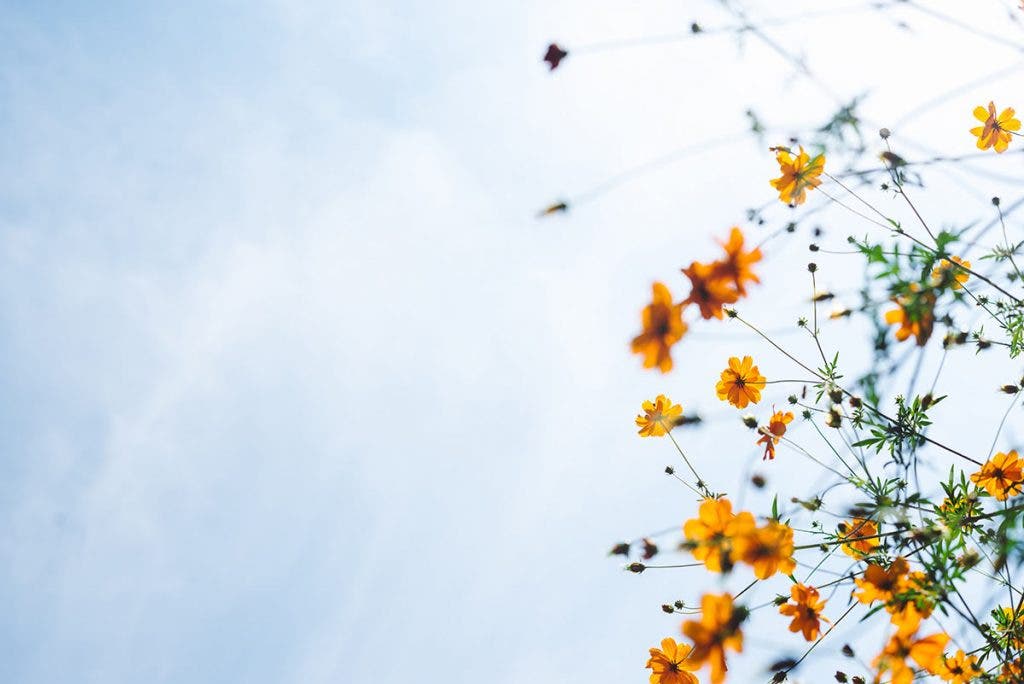
Observe balance between spaces
Negative spaces generally take up more space than your positive space, but there are ways that you can overdo it. Depending on your subject, background, composition, and/or story, you should still consider just how much negative space is “enough.”
A good rule of thumb is to make sure that your subject and the negative space don’t compete with each other in terms of visual weight so that you are able to achieve photographic balance.
Experiment with different compositions
As you may have already noticed, there’s no one way to capture photos with negative spaces. But if you’re going to listen to the pros, their best advice is to try out different compositions and understand how different subject placements, zooming in and out, going for different angles, having contrasting elements and backgrounds, and even cropping old photos during post-processing can change (and hopefully improve) your photos. With enough practice, you’re bound to discover which styles work best for telling your story.
Add a dramatic touch
Once you’ve gotten the hang of composing striking images with negative spaces, you may want to add a little bit of drama or some effects in your shots.
Some photographers (such as Doug McKinlay in the video below) opt to use lens accessories, such as a neutral density filter to make moving bodies of water look frothy or glassy, thus adding a slightly surreal appearance to it. Others like using graduated or polarizing filters to decrease the dynamic range in an otherwise overexposed landscape image.
By all means, improve other aspects of the image, such as exposure balance and sharpness, and add dramatic elements that will work with your composition. Viewers may not realize it at first but little improvements in your photos will help them stand out among others.
Keep it simple
With all the photographic possibilities for this compositional style, one thing remains constant: less is more. While some compositions work best with many different elements in them, having very few elements can turn an average photo into an outstanding, gallery-quality image. Negative space photography gives you the opportunity to capture visual beauty, even with just one subject and complementary negative space.
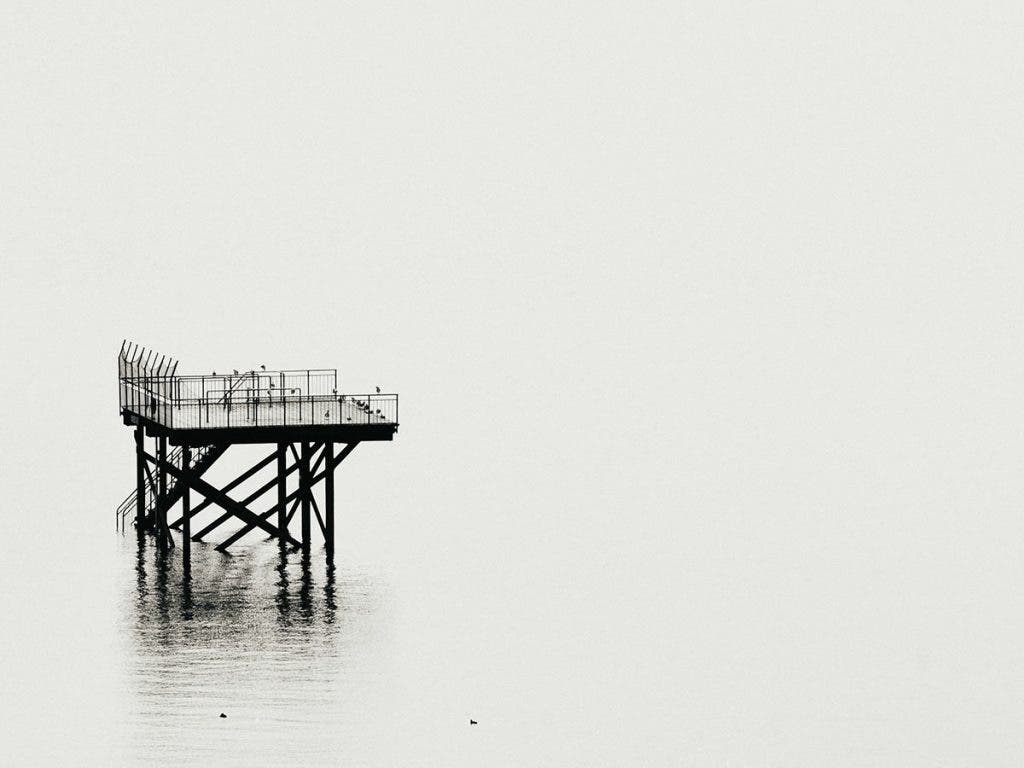
Using Negative Space with the Rule of Thirds
The rule of thirds is a popular method of framing your subject. If you imagine a rule of thirds overlay on the scene in front of you, you can place your main subject on any of the intersecting lines. As long as there is some empty space surrounding the subject, you can direct the viewer’s attention where you want it.
Use Negative Space with Depth of Field
Shallow depth of field is another great way to use three-dimensional space in your photographs. Sometimes photographers don’t have the luxury of using empty space to frame their subjects.
By shooting with a wide aperture, you can reduce the depth of field and use space creatively with blur. This will bring your subject into sharper focus by contrast from the out-of-focus surroundings. It will tell the viewer what in the image is most important.
Most macro photographs of insects, flowers, and other small objects use negative space created by a shallow depth of field to frame the subject and give it some breathing room.
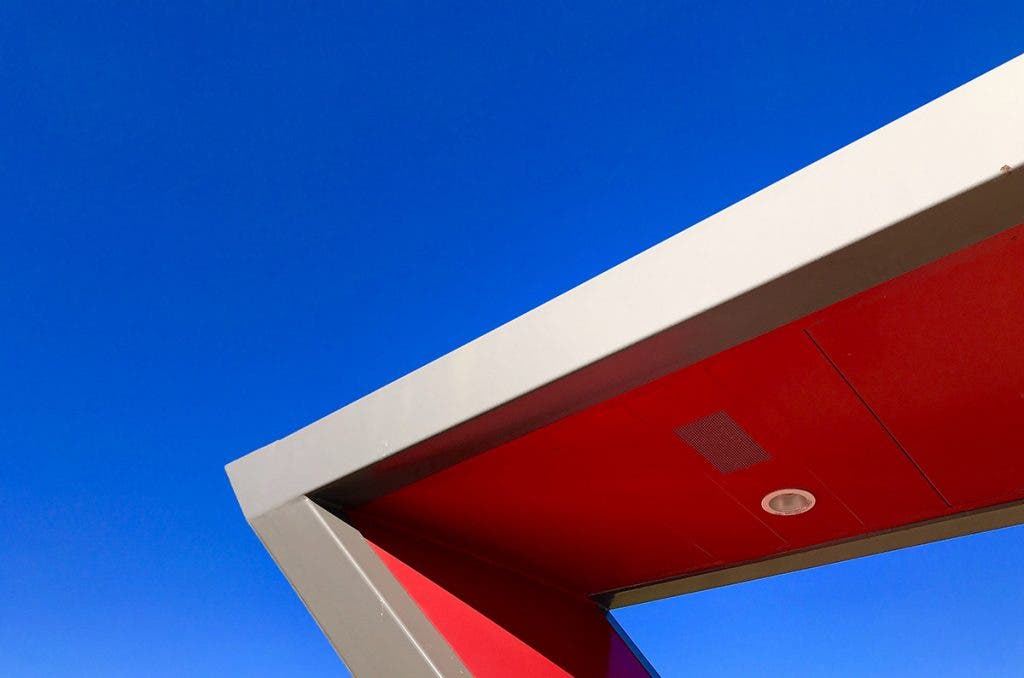
Amplify with Adobe Lightroom and Photoshop
If your goal is to use space effectively in your photography, you may need to clean up your images in post processing. Regardless of what your subject matter is, stray elements in the frame can impede the empty space you’ve created around your subject.
As you edit your images, pay attention to distracting elements that may pull your viewer’s attention from the focal point. Consider cloning out those elements or giving them some blur to help create more negative space around your subject.
